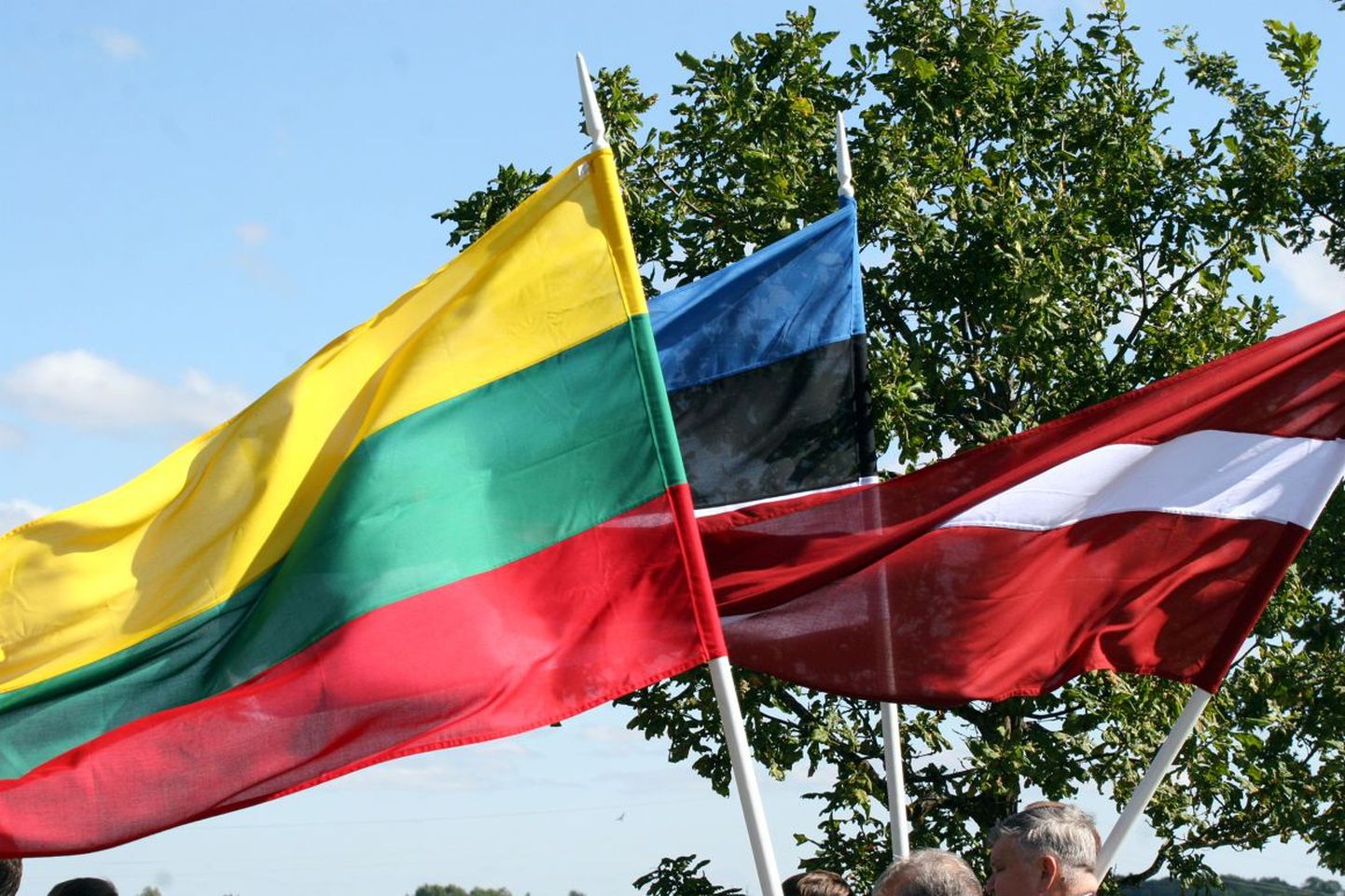
According to fresh TNS Emor study comparing archetypes of Estonians, Latvians and Lithuanians, the inhabitants of the Baltics think themselves to be more different than we actually are.

According to fresh TNS Emor study comparing archetypes of Estonians, Latvians and Lithuanians, the inhabitants of the Baltics think themselves to be more different than we actually are.
The researcher says such unbiased perception might be a reason why Estonians often fail to do business in Latvia and Lithuania, and vice versa.
«Rather often, some business failure or communication problem is substantiated by cultural differences, emotional barriers or hindrances due to prejudices,» said TNS Emor’s research expert Tanja Kriger.
«There might be a measure of truth to that, but in reality we are more similar than we perceive each other to be. It seems we attribute characteristics to our neighbours that they definitely do not have, and because of that our own behaviour also changes,» she added.
Ms Kriger went on to say that, according to the archetypes study, Estonians, Latvians and Lithuanians outwardly view the others as more different than we inwardly are. In all three Baltics, people see the other two rather as opposites – as asserting and dominating.
«Meanwhile, by inner perception, in all three Baltics what prevails is the facet based on belonging and unity – a sign of being down-to-earth, satisfied with what one has, and a desire to belong somewhere and care for something or someone,» related TNS Emor’s research expert Kaidi Reedi.
Ms Reedi added that though the people in Estonia are considered individualistic and not too good at communicating, the comparative research on Baltics shows that in Estonia, the percentage of individualistic and assertive people is the lowest.
Meaning: according to how Estonians view themselves, we are revellers (22 percent), belongers (24 percent) and carers (26 percent). Individualistic archetypes are much rarer: rebels amount to vive percent, asserters 12 percent and the know-it-alls 11 percent.
The TNS Emor archetypes study is based on six universal archetypes of human behaviour rooted in the psychological concepts of Carl Gustav Jung.
In Estonia, the study was conducted at the beginning of 2015 with 506 inhabitants aged 15–74 questioned by personal interviews in their homes. The corresponding Latvian study was completed in 2014, and in 2013 for Lithuania.